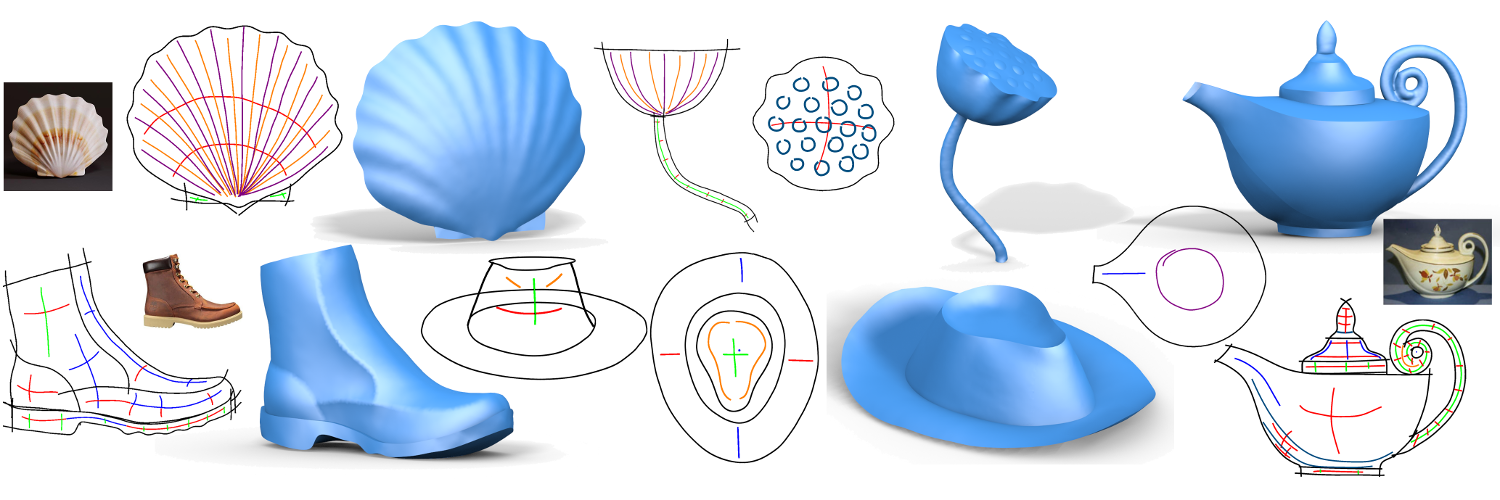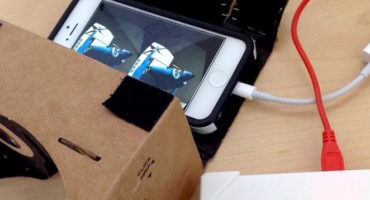At Sketchfab, we’re always keeping a close eye on developments in 3D, AR and VR. And in particular we’re excited to see developments that put 3D creation tools into the hands of more people in an intuitive, approachable manner.
Here’s one that caught our eye recently from our friends at Microsoft Research Asia, The University of Hong Kong, and University of British Columbia. It’s called BendSketch, and it’s a two-dimensional line drawing approach to defining three-dimensional objects in space.
By laying down key lines that define the outer boundary of a form and then a series of lines, including mostly surface bending strokes (thus the name BendSketch), ridge/valley and sharp features, to define curvature, users can “draw” complex three dimensional shapes in seconds.
Of course, this is very much about academic research more than a consumer-facing product at this point, but even at this early stage, the approach looks very promising for making 3D creation more accessible than ever. And at this point, BendSketch is simply an early interface into the ongoing research that underpins the tool.
Here’s a video overview of how the approach works:
The simplicity of the method betrays the complexities under the hood. Complex curvature patterns are generated using algorithms that analyze user strokes to determine the smooth flow across convex and concave surfaces. Sketching on multiple views are combined to form self-occluding shapes. This research commenced in 2015.
If you’re interested in learning more about BendSketch and the underpinning methodologies that drive the tool, you can follow along here. We certainly will.



